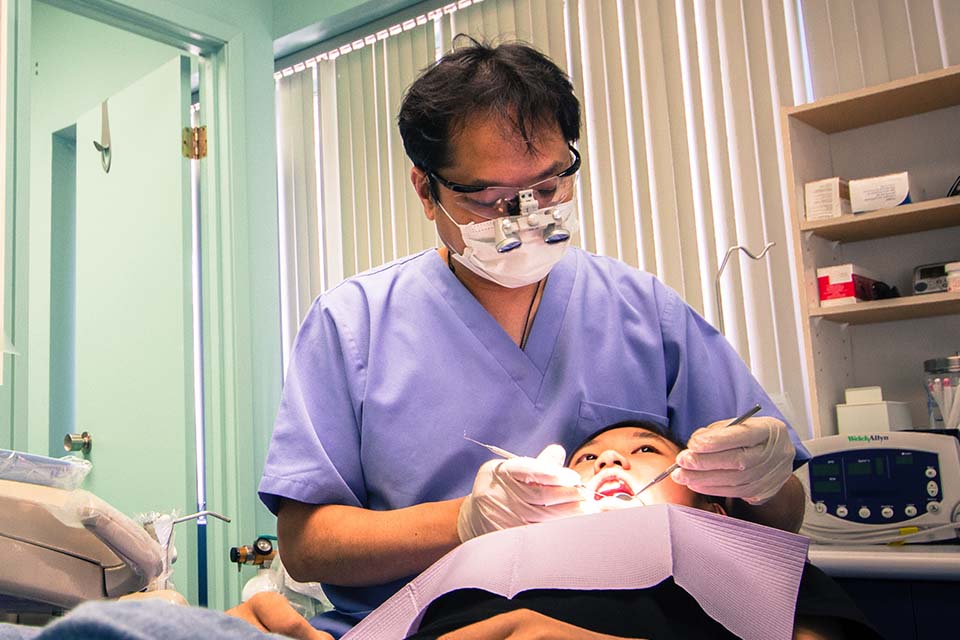When a tooth becomes severely damaged whether from decay or trauma, it may need to be removed to stop the infection and to cease the pain or discomfort it is causing for the patient.
The procedure
Before the short procedure, you may receive a local anaesthetic to numb the area around your tooth so you will not feel any pain as the tooth is removed. After the tooth has been extracted, you may need specially designed stitches for your gums to speed up the healing process.
Once the gum has healed, we can replace the removed tooth with a denture, a bridge, or an implant for a complete and perfect smile.
After the procedure
The special stitching used will dissolve on its own over time, but some may need to be removed a few days later. It will usually take only a few days to make a full recovery. The following can significantly help the recovery process:
- If you experience a lot of discomfort, your dentist can prescribe painkillers
- Change your gauze pads frequently
- Rinsing your mouth with salt water can help to reduce your swelling
- Avoid rubbing the area with your finger or tongue
- Relax after the procedure and abstain from physical activity as much as possible
- Continue to carefully brush your teeth and tongue.
- Sleep with your head propped up with pillows rather than lying face down
- Avoid smoking
Do I need a tooth extraction?
It is recommended that a tooth extraction be done as soon as possible if required in order to avoid further pain and spread of infection. If you experience toothache, do not wait until your next scheduled dental cleaning. Book an appointment right away as the tooth can and most likely will get worse if not treated as soon as possible.
